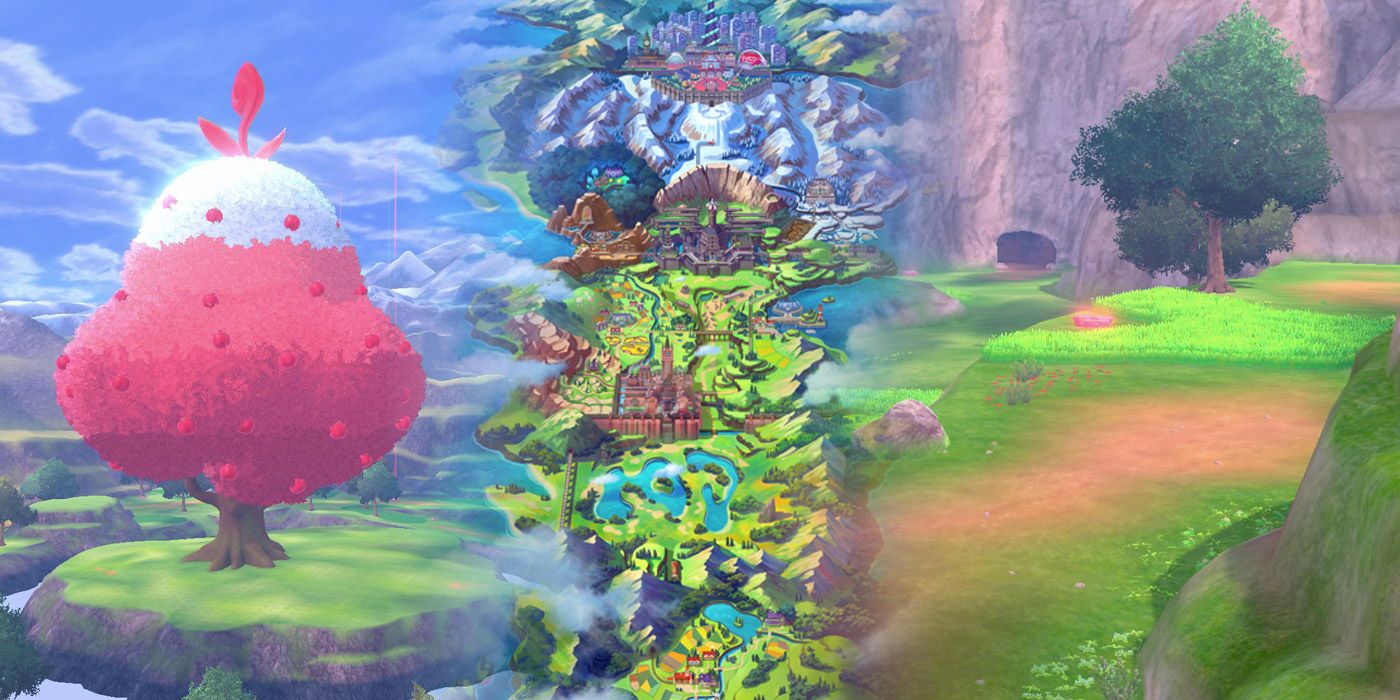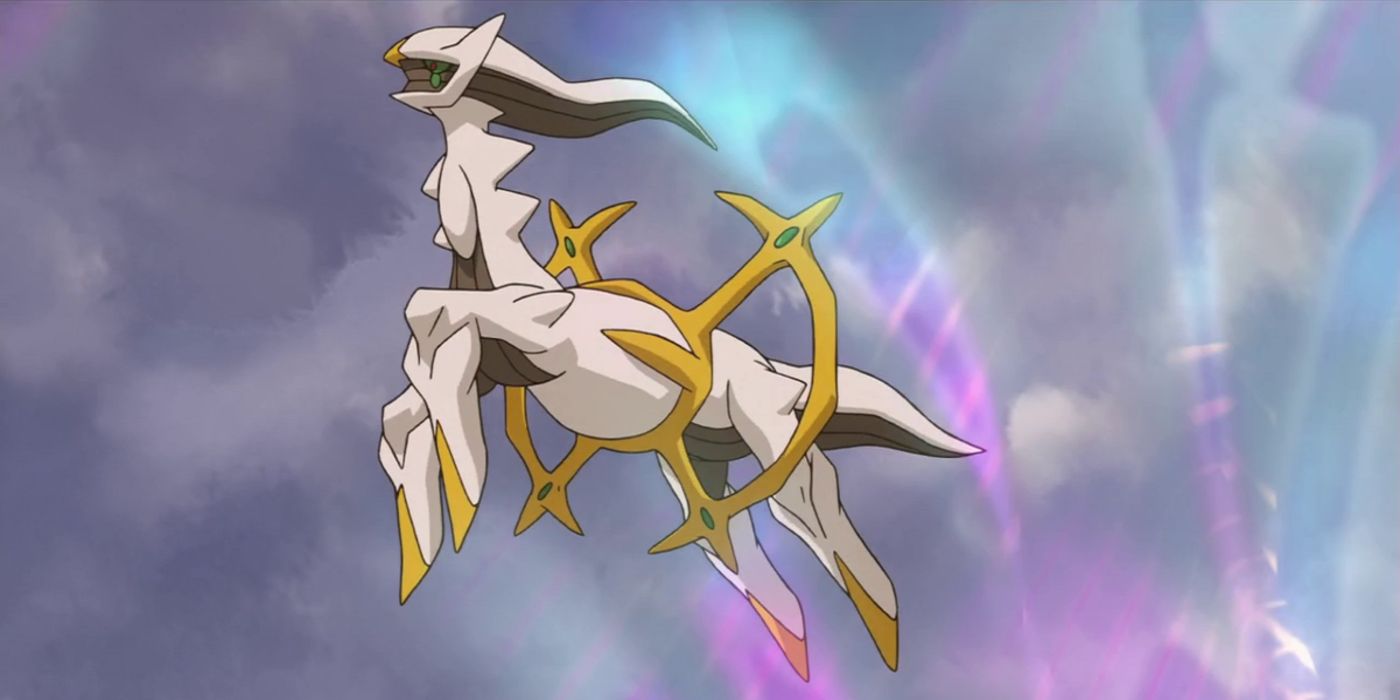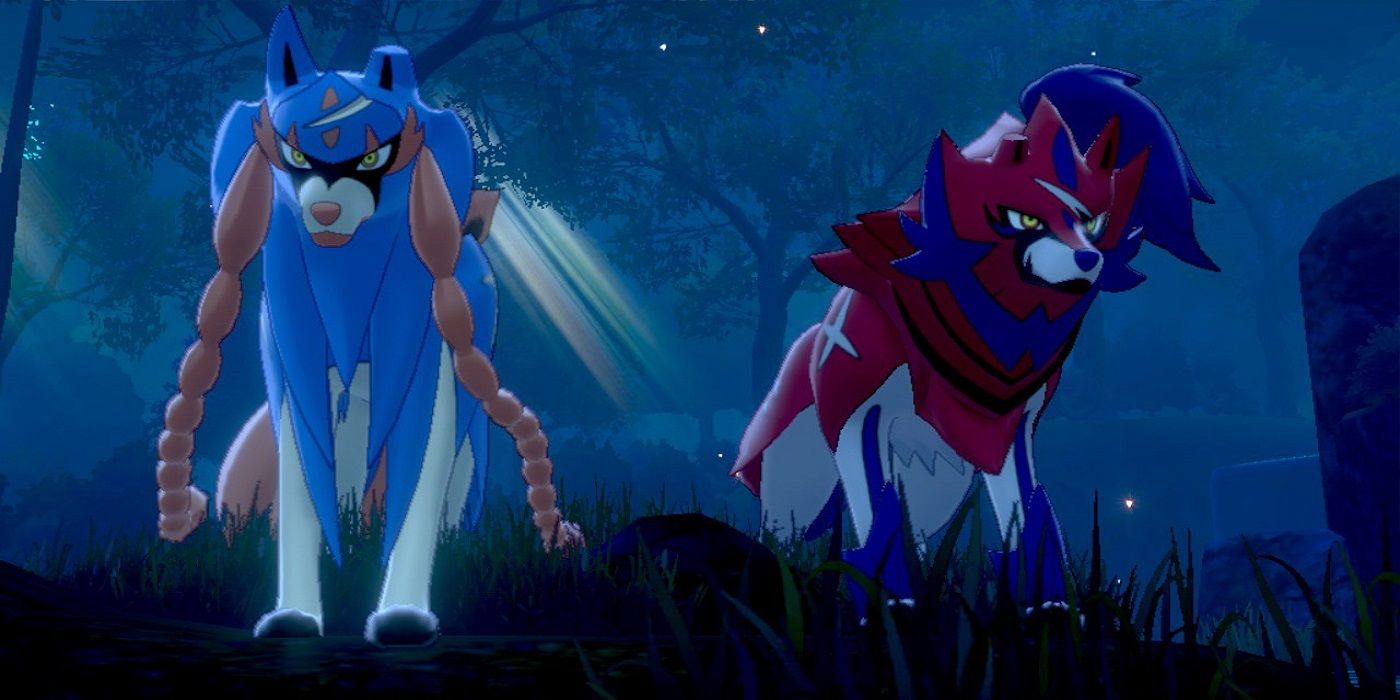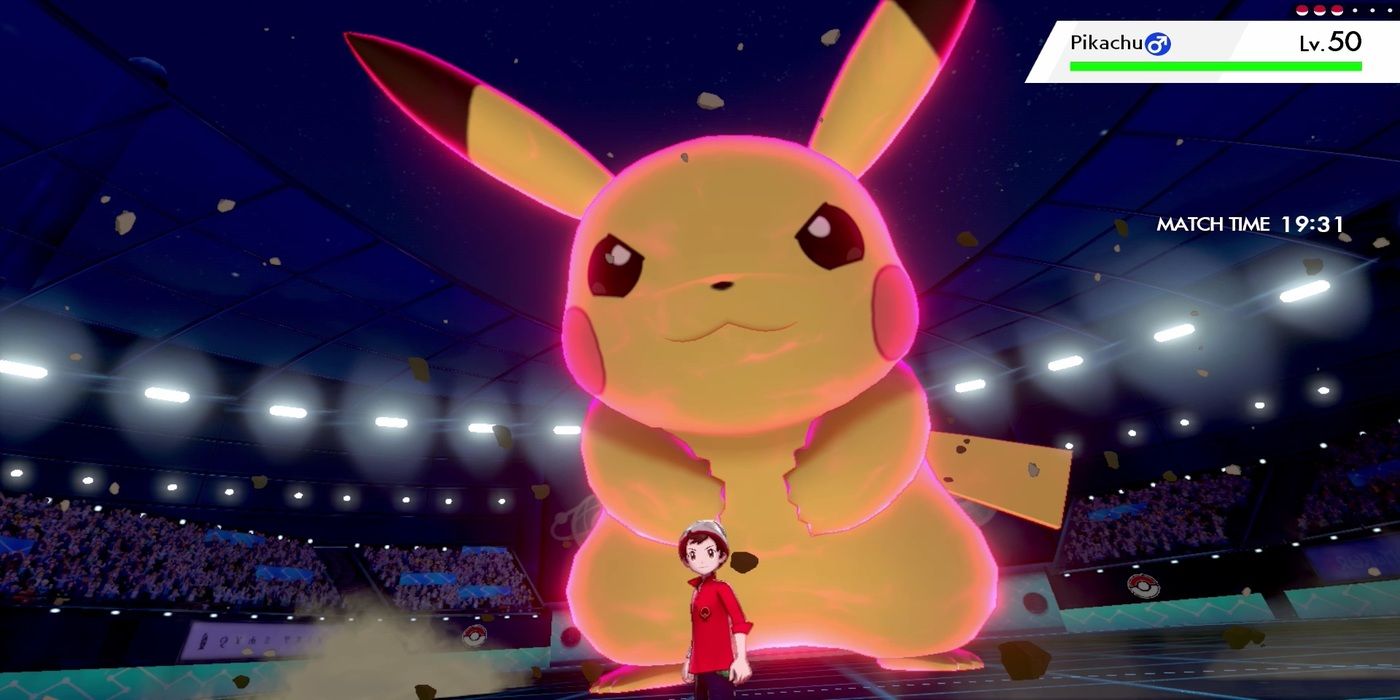While story may not be the main drive for those who play Pokemon games, it certainly is an important aspect, as a Pokemon region's characters, areas, and the Pokemon themselves are largely all based around the game's story. For the most part, Pokemon lore tends to revolve around legendary Pokemon. Over the years, the lore surrounding the Pokemon universe has become more and more in-depth, largely starting with Pokemon Ruby and Sapphire which introduced Kyogre and Groudon as rulers of the land and sea, and then expanding greatly with Diamond and Pearl's introduction of Arceus, the creator of the universe.
While this is certainly an interesting way to learn about how the beloved Pokemon universe came to be and now operates, it is something that has been seen in the world-building of video game universes time and time again. However, 2019's Pokemon Sword and Shield on the Nintendo Switch made one important change to how it presented lore and the overall story to players. While the story, places, and legendary Pokemon in most mainline games have been used to describe general aspects of the Pokemon universe as a whole, Pokemon Sword and Shield were more region-focused, tying its most defining attributes to the Galar region itself.
The Issue with Past Legendary Pokemon
In most games in the series, legendary Pokemon have been widely regarded as deities, bearing some sort of enormous power involved in the creation of the world or universe. For example, in Pokemon Diamond and Pearl, Arceus the "original one" created the universe, simultaneously making the "creation trio," Dialga, Palkia, and Giratina, who rule over time, space, and antimatter respectively. Likewise, X and Y's Xerneas brings the gift of life, while Yveltal acts as a harbinger of death and destruction, and Kyogre and Groudon are used as explanations for the creation of the seas and continents in Ruby and Sapphire. Even Pokemon Sun and Moon's Solgaleo and Lunala represent enormous things, the sun and the moon, and Black and White's Reshiram and Zekrom represent truth and ideals.
While the origins and lore behind these legendary Pokemon certainly make capturing them feel like a great accomplishment, it almost seems wrong to leave reality-altering power in the hands of an adolescent. And while there's nothing wrong with introducing certain monsters to explain the way the Pokemon universe works, it has generalized things in the series a bit, not leaving much left to the imagination. However, Pokemon Sword and Shield made the games' lore feel a lot more involved and unique.
Legendary Pokemon in Sword and Shield
Pokemon Sword and Shield, the 8th generation of Pokemon games, made a huge change to legendary Pokemon by making its box-legendaries Zacian and Zamazenta heavily focused on the Galar region itself. In the Galar region, these two Pokemon aren't regarded as reality manipulating deities, but rather heroes shrouded in mystery. Throughout the early parts of Sword and Shield, characters explain that it is thought to be two human heroes who saved the Galar region from Eternatus 3,000 years ago, and have since gone down in Galarian history. However, it isn't until the player character's encounter with Eternatus that the heroes of legend are revealed to be none other than the Pokemon Zacian and Zamazenta.
The mysterious encounter with either Zacian or Zamazenta at the start of Pokemon Sword and Shield already conveys a great sense of mystery surrounding these Pokemon, and capturing one of them seems like a fitting feat for the soon-to-be champion of the Galar region. Instead of having characters in the game tell players exactly which Pokemon created this and that part of the universe, the other characters barely know any more about these legendaries than the player character, making the lore surrounding the Galar region feel that much more unique and mysterious. Additionally, rarely does it happen that the player character's rival obtains the counterpart legendary Pokemon, but Hop catching a Pokemon that has gone down in legend as a hero seems a lot more fitting than having him catch the ruler of space or time itself.
Even the legendary Pokemon added after the base game follow this region-focused principle. When players visit the Crown Tundra, they learn of Calyrex, a Pokemon who once ruled over the Galar region as a king in ancient times with its trusty steed, either Glastrier or Spectrier. And in the Sword and Shield Crown Tundra expansion, the player character is not tasked with restoring balance to the universe, but rather helping Calyrex simply regain the trust of those in the Crown Tundra. Overall, Pokemon Sword and Shield have made legendary Pokemon feel more like legends as opposed to deities characters base their beliefs around, and the 9th generation of Pokemon games can likely create more unique legendary Pokemon when they aren't restricted to being based around huge generalized aspects of life.
Galar Region Phenomena
When Pokemon X and Y introduced Mega Evolution, it was explained to be a phenomenon related to Kalos legend. However, Mega Evolution is not strictly tied to the Kalos region, as it requires a strong bond between a Pokemon and its trainer which can likely be achieved anywhere. Not only did the feature eventually make its way over to the Hoenn region in Omega Ruby and Alpha Sapphire and the Kanto region in Let's Go, Pikachu! and Eevee!, but it has been explained that the Hoenn region's Rayquaza may have actually been the first Pokemon to ever Mega Evolve.
Pokemon Sword and Shield take a different approach by tying Dynamaxing directly to the actual Galar region itself. Galar legends explain that when Zacian and Zamazenta defeated Eternatus, Dynamax particles were spread throughout the region, creating Power Spots and Max Raid Dens across the land.
Sword and Shield gave an incredibly region-specific explanation for its main gimmick. While it is currently unknown whether Dynamaxing will make its way over to other Pokemon games the same way Mega Evolution did, Galar's lore would certainly take a heavy blow if that were the case. This isn't to say that the next generation of Pokemon games need to include some sort of gimmicky mechanic exclusive to the new region, but the region's lore becomes a lot more engaging when it has unique attributes exclusive to it. Explaining why the region is the way it is, as opposed to having the region's lore simply act as a puzzle piece in explaining the greater creation of the Pokemon universe, has given the Galar region a lot more character than some others, and hopefully future Pokemon games follow suit.
Pokemon Sword and Shield is currently exclusively available for the Nintendo Switch.




